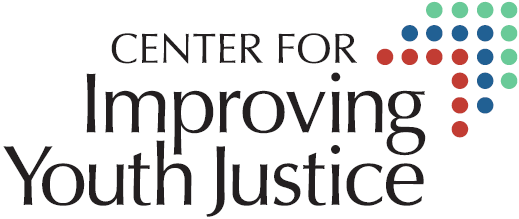Tracy Dompeling was traveling from her home state of Alaska to visit a program at the Oregon Youth Authority just as the COVID-19 pandemic was breaking out in nearby Washington. It was early March and Dompeling, the director of the Alaska Division of Juvenile Justice (DJJ), remembers wondering if they should be going at that time but all the advice she got said it would be safe. She and her team wiped down the airplanes and hotels like never before and spent about two days learning new ways to work with youths from Oregon Youth Authority Director Joe O’Leary and his team at the MacLaren Youth Correctional Facility. She was very glad to have made the trip.nAlmost as soon as she landed back in Alaska, the challenges of the pandemic began: New directives, new medical information, new issues to deal with to keep everyone safe. Every day was different. When the state expanded its travel restrictions to mandate a 14-day quarantine for anyone who travelled outside of Alaska – right when many of her staff were returning from spring break – much of her staff were unable to come to work. They got creative and got busy.nAt this writing, only one staff member of about 480 employed by DJJ and not one of the more than 200 youths in DJJ’ six facilities have contracted the virus.n“I feel like we’re pretty lucky at this point,” she said recently from her home in Anchorage. “There were a lot of lessons learned.”nDompeling and her team have focused much of their PbS work on reducing confinement and made great strides. But new COVID-19 guidelines were announced for congregate care settings including DJJ facilities that mandated all new admissions be quarantined for 14 days. “We have worked, as many states have, for years now to limit that level of room confinement. It’s not healthy, their mental health deteriorates at an already a stressful time,” she said. Armed with research and data, Dompeling convinced the state to revise the guidelines from requiring the youths be “quarantined” to “kept as separate as possible.” In her facilities, newly-admitted youths are in their rooms with the doors open and they are able to talk to other youths, maintaining the six-foot separation rule, and they join the other youths for meals with a six-foot circle of space around them. “They’re not mixed in with other youths but they don’t feel completely isolated and segregated,” Dompeling explained. nCutting back on activities has been hardest for the youths, she said, especially recreation fun like basketball. School has continued using Zoom calls and DJJ was able to jump right into remote visitation with families because the agency had received a HIPAA-approved zoom license for remote treatment. Youths have social distancing incentive cards and get a mark every time they practice preventive measures, such as washing hands, and coughing into elbows. When the card is full they get something extra at the commissary. Dompeling noticed the youths have started to police themselves.nThe silver lining?n“There have been way fewer restraints… I can’t put my finger on why,” she said. The days are different with less scheduled activities for the youths, no rushing, more time for staff to interact with the youths and fewer youths coming into the detention centers. “That probably should have been happening all along – only the most high-risk youths coming into detention,’ she said. “When things ease up a little bit, we’ll be taking a look at those things with a critical eye.”nThere is much to be proud of, from the staff showing up to the creativity of new programs. The SEW Much Purpose program started at the girls facility in Anchorage making masks for youths, staff and the community, and the new nursing director launched the new COVID Care Newsletter to share techniques for youths and staff to stay grounded and practice social distancing. She called it a sort of scrapbook on a positive note.n“There are learning experiences through all of this,” Dompeling said, adding these lessons will be nice when it all settles down.
